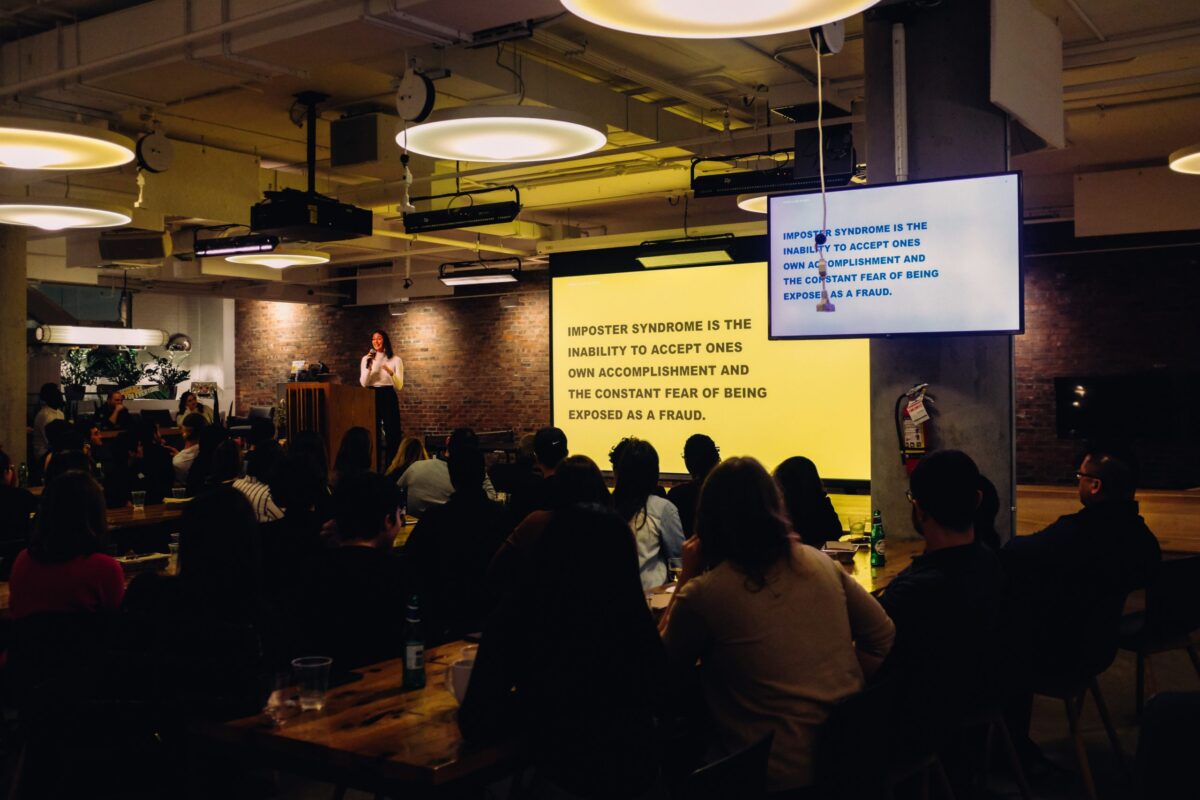
I am constantly surprised by how often I’m working with clients and the issue of networking comes up. In all the coaching – and group training – I’ve done around this issue, I’ve noticed that, broadly, there are two kinds of people in the world: those who generally enjoy networking and those who loathe it. But there is one thing both groups have in common: most people don’t feel like they get true much out of the experience beyond a glass of wine or beer and a handful of business cards from people they’ll probably never see again.
One of the key reasons for this frustration is that most people fail to bring one thing into the networking event: a purpose.
When you attend a networking event, why do you go? Maybe you enjoy the social interaction, or you’re just following the conference schedule, or maybe a colleague dragged you along as a “wingman.” Ultimately, none of these approaches have an underlying purpose that would make networking valuable. So how can you make networking a useful and positive experience with actual ROI… and do it with comfort and confidence?
Networking with Purpose
A purpose should be specific, but can also be simple. For example, I might know that an HR exec I want to meet will be there, so my goal is to have two minutes of face time with her to be able to introduce myself in person, and get her to agree to setting up a follow-up conversation a few days later. Once I’ve accomplished that mission, everything else is gravy and I’ve networked with purpose.
If you don’t have something that laser-focused as your reason for going, here’s a simple rule of thumb: Networking is simply planting the seeds for a new relationship. It doesn’t have to result in an immediate financial transaction, but the purpose is to meet someone that you can then build a relationship with.
Ultimately, whether or not you become each other’s client is not the issue. The key is that you never know when there will be a reason for you to contact them – or for them to contact you. Maybe you’ll read an article that you think they’ll appreciate and you send them a link. Maybe you’ll look through their contact list on LinkedIn and see someone you’d like them to introduce you to. Or maybe they are chatting with someone else at another networking event a month later who just so happens to need your services, and they can make the introduction.
There’s a terrific book called The Go-Giver that epitomizes this perspective. It’s an easy read in parable form that you can skim in a weekend, and will clarify both how to do it and why.
Networking with Confidence
Interestingly enough, one of the biggest stumbling blocks people face is not why they should talk to someone, but simply the mechanics of how to start the conversation, much less how to sustain it.
First, it’s important to distinguish the difference between networking and small talk.
“Small talk” is simply a communication tool used to break the ice, and initiate conversation with someone new. It can be something as mundane as the weather or how slow the elevator is to a more organic offering like a compliment or asking a question about what you’re looking at on the buffet.
I’ve struck up great conversations with other women by saying, “Just wanted to tell you – I love your shoes!” With guys, tech is always an easy in-road: if he’s looking at his smartphone, try, “Hey, is that the new iPhone? What do you think, worth the upgrade?” Or, while in line at the bar, it’s an easy cause to talk about what someone drinking. “Arrogant Bastard Ale (or Cupcake Chardonnay)… that’s an interesting name! Any good?” Then it’s easy to segue with, “By the way, I’m Laura.”
Natural next-steps for the conversation include asking if it’s someone’s first time at a particular event or what prompted them to come, what they thought of the keynote speaker, what organization they’re with and what kind of work they do. It doesn’t have to be rocket science, so don’t over think it. It’s about finding common ground, and/or showing a genuine interest in knowing more about the person, and the above topics are easy and “safe” for any networking event.
Simply put, enter any networking event with purpose and the mindset of discovering some interesting new people who have the potential to create a mutually valuable relationship – of any sort. When you take this perspective, you’ll realize how valuable and easy networking can be, and you might even learn to enjoy yourself in the process!



















